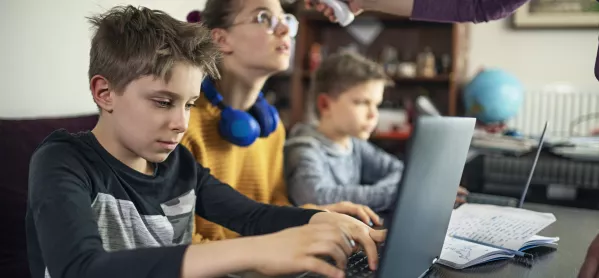The Department for Education’s top official has admitted she would be “astonished” if schools no longer had any issues with getting all the free laptops they needed.
DfE permanent secretary Susan Acland-Hood was speaking to MPs on the Commons Public Accounts Committee this morning when she also admitted the figures she had for how many laptops had been delivered to schools were “out of date”.
Richard Holden, Conservative MP for North West Durham, who prior to the last election was a special adviser to education secretary Gavin Williamson, said: “A particular concern for a lot of us is this laptop programme, which is meant to be rolled out and to provide laptops for all children who need them. Could you just give us an update?”
Coronavirus: Anger at ‘massive’ DfE cut to school laptop allocations
New criteria: Schools can’t order free laptops for pupils on rotas
Exclusive: 150K extra free laptops for local lockdowns
Ms Acland-Hood said more than 220,000 laptops and tablets had been delivered to schools in the summer term and that another 340,000 are available this term, of which more than 100,000 had already been delivered to schools.
Coronavirus: Delivering free laptops for disadvantaged pupils
But she admitted: “The number I’ve got on my brief is a little bit out of date and I might write to the committee on this, if that’s helpful.”
She explained that the DfE had changed the way it allocates laptops in that, instead of giving full allocations where schools had suffered “disruption” as if “the entire school was out,” it now gives just 20 per cent of an allocation because that “matched what was typically happening” in that only “proportions of schools were going out”.
Mr Holden added: “So there are now no schools which have any issues with getting access to laptops?”
Ms Acland-Hood replied: “I’d be astonished if that was true. It’s a very large system in which there are always challenges. What I’m saying is that we’ve been able to fulfil the orders based on that starting point of saying that we’ll give you [schools] 20 per cent of what would represent [total] pupil need.”




